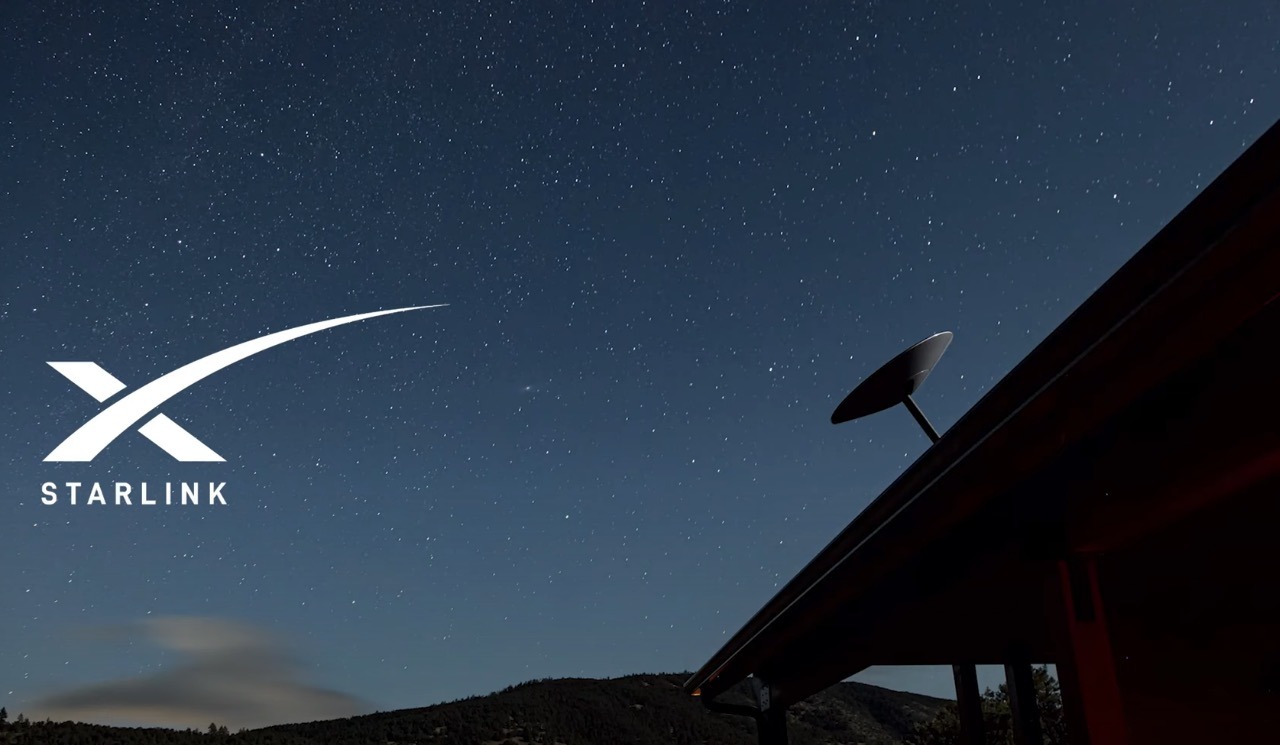
SpaceX in Talks with White House for Starlink Service in Iran: Report

According to a report from CNN, the U.S. government has approached SpaceX to discuss the possibility of setting up Starlink, the company’s high-speed satellite internet service, inside Iran.
The information comes from several government officials with knowledge of the discussions. It remains unclear what the nature of these talks was and whether or not the government intends to bankroll Starlink kits and service in Iran
SpaceX has already activated Starlink in Iran but, according to a tweet from Musk last week, there are currently “very few” active Starlink terminals in the country. The company wants to ensure the internet remains accessible in Iran, where mass protests have erupted following the suspicious death of 22-year-old Mahsa Amini in September.
“We have our foot on the gas to do everything we possibly can to support the aspirations of the Iranian people,” a senior administration official said.
“That is our policy, period. At the same time, it is truly an Iranian movement led by young girls and spreading to other aspects of society. And we do not want to in any way eclipse their movement.”
However, it looks like the White House isn’t quite convinced about partnering with Musk given the celebrity billionaire’s history of unpredictability. “He’s a loose cannon we can never predict,” said one senior U.S. defense official familiar with the government’s discussions with Musk and SpaceX about Ukraine.
SpaceX previously assisted Ukraine by providing thousands of Starlink dishes to counter the Russian invasion, which cut off communications. The company and its internet service continue to support Ukraine.
Last week, SpaceX asked the Pentagon to take responsibility for funding Starlink kits and service for Ukraine. Musk said a couple of days later that SpaceX would continue funding Starlink in Ukraine for free, and the company withdrew its request for funding despite the Pentagon considering it.
Spacex has sent around 25,000 Starlink terminals to Ukraine and has over 150,000 daily active users in the embattled region.
However, some experts believe getting the terminals needed to connect to Starlink’s service into the hands of the Iranian masses will be a taller order. Coordinating with Ukraine’s military forces to supply hardware is easier than getting Starlink kits across the Iranian border and distributing them to protesting civilians.
Biden said in a statement on October 3 that his administration “stands with Iranian women and all the citizens of Iran who are inspiring the world with their bravery” and is trying to make it easier for Iranians to access the internet.
“We are interested in finding ways to ensure that the Iranian people can have access to the internet on their phones and everywhere else,” said a senior White House official. “And so Starlink is one option, but it is not the only option.”
In a report from earlier today, a group of researchers from the University of Texas claimed that they have reverse-engineered Starlink signals. If the system’s signals are predictable and replicable, they could present a potential security flaw and thus an entirely new avenue for the intentional disruption of Starlink.
What’s more, untrained civilians could face trouble trying to keep signals from a satellite service hidden, especially from a government as watchful as Iran’s current regime.

